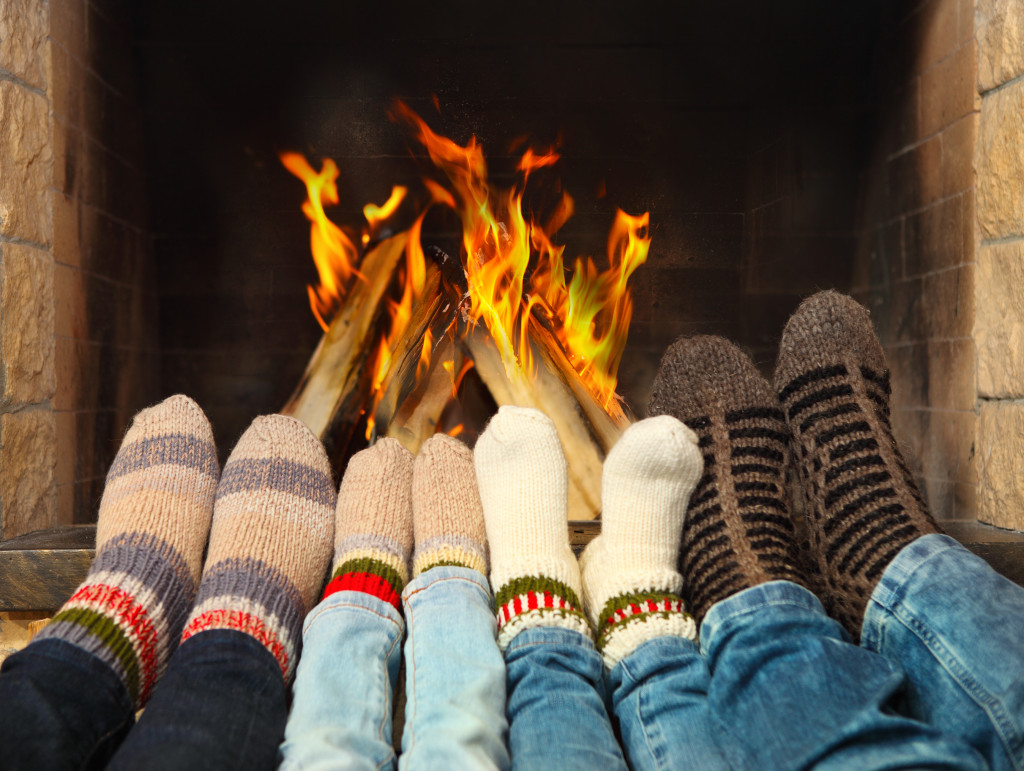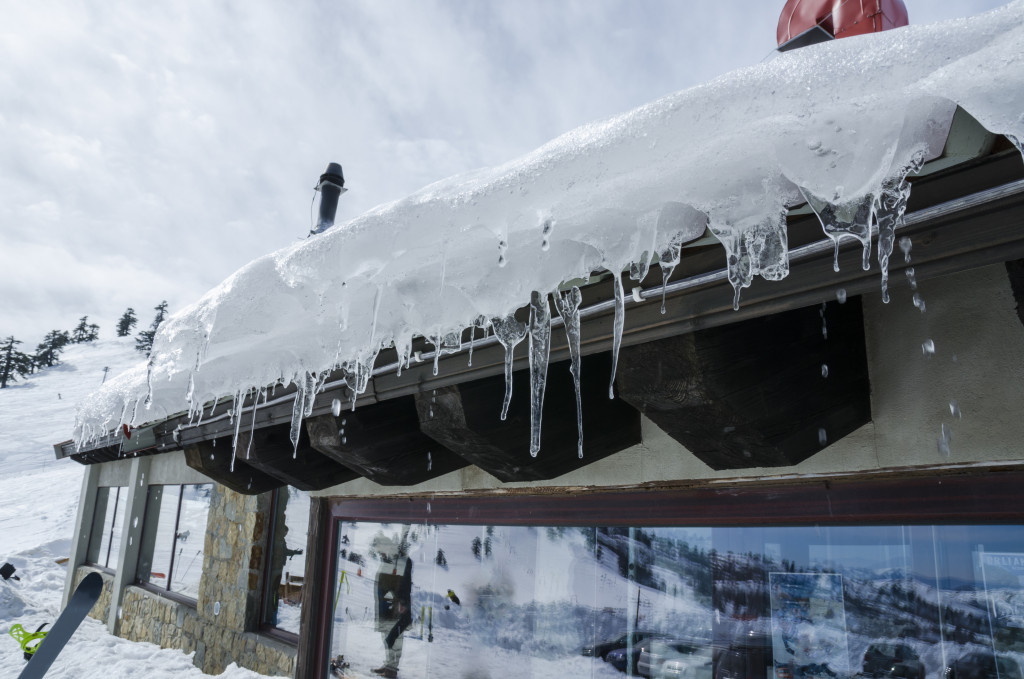A cold home is more than just an uncomfortable place to live. It can be dangerous, especially for young children, the elderly, and those with chronic health conditions. It can also lead to other problems, such as moisture and structural damage. If your home is cold, you should know a few things to stay safe.
Health Problems
If your home is cold, you’re more likely to get sick. That’s because cold temperatures weaken your immune system, making it easier for viruses and bacteria to take hold. So if you’re already feeling under the weather, a cold home will only worsen it. And if you’re healthy, a cold home can still make you sick by lowering your resistance to illness.
Additionally, young children and the elderly are particularly vulnerable to the dangers of a cold home because they have weaker immune systems and are less able to regulate their body temperature. That means they’re more likely to get sick from exposure to a cold environment. And because they’re more likely to get sick, they’re also more likely to develop complications from their illness—complications that can be serious or even life-threatening.
Lastly, a cold home can worsen your symptoms if you have a chronic health condition like asthma or COPD. That’s because the cold air can trigger an asthma attack or exacerbate COPD symptoms. One study found that nearly half of all asthma attacks are due to exposure to cold air. So if you have a chronic health condition, keeping your home warm to stay healthy is essential.
Structural Damages
A cold home can also lead to structural damage. That’s because cold temperatures can cause moisture issues, like condensation on windows and walls. This excess moisture can lead to mold and mildew growth, damaging your walls and compromising your home’s structure.
Once your home has received structural damage, it can be expensive and time-consuming. So it’s essential to prevent moisture buildup in your home, especially during the colder seasons.
Lastly, a cold home can also affect the value of your property. When it comes time to sell, potential buyers may be less interested in a house that isn’t adequately heated and insulated. And if the cold temperatures have led to structural damage, it can significantly lower the overall value of your property.
A cold home is more than just an inconvenience—it can be dangerous, especially for vulnerable groups like young children, the elderly, and those with chronic health conditions. It can also lead to other problems, such as structural problems. So if your home is cold, don’t just suffer through it—take steps to keep yourself and your home safe by finding and fixing the source of the cold temperature. Here are some ways you can do that.

Improved Heating
The first step is to improve your heating. This can be as simple as adjusting the thermostat or changing the air filter in your furnace. And if those options don’t solve the problem, it might be time to invest in a new heating system. Here are some great options for that.
Fireplace
One of the most traditional forms of heating is a fireplace. And while they can be beautiful and cozy, traditional fireplaces can also be inefficient and difficult to maintain. That’s where robust gas fireplace comes in. Gas fireplaces are easy to use and provide efficient heating for your home. Plus, they don’t require the constant upkeep of a wood-burning fireplace.
Insulation
Another option is to improve your insulation. This can involve adding insulation to your walls or even installing insulated windows. Better insulating your home will retain heat more effectively and reduce the strain on your heating system. Here are some excellent insulation materials:
- Cellulose: made from recycled paper and other materials, cellulose is a sustainable option for insulation.
- Fiberglass: a common and affordable option, fiberglass insulation is made from glass fibers.
- Spray foam: spray foam insulation expands to fill any gaps or cracks, making it an effective way to improve insulation in your home.
Smart Thermostat
Lastly, consider upgrading to a smart thermostat. Smart thermostats can learn your heating preferences and automatically adjust the temperature to optimize energy efficiency. That means not only will your home be warm, but you’ll also save money on heating costs.
Reduce Leaks and Drafts
In addition to improving your heating, it’s essential to reduce leaks and drafts in your home. This can involve sealing gaps or cracks where air could leak out and installing weatherstripping on doors and windows. And if you have older windows, consider replacing them with energy-efficient options.
No matter what steps you take to improve the heating in your home, it’s important to remember that a cold home can have severe consequences for your health and well-being. So don’t wait—take action now to keep yourself and your loved ones warm and safe.

